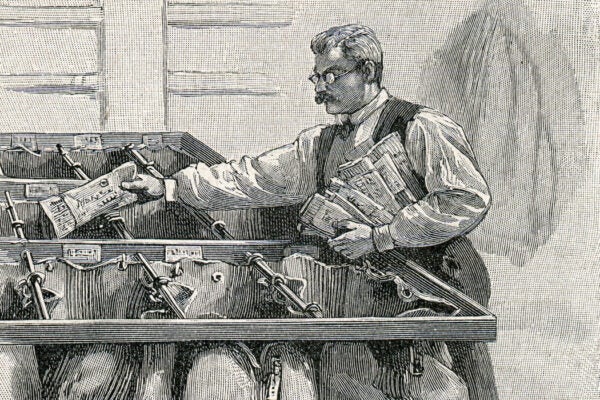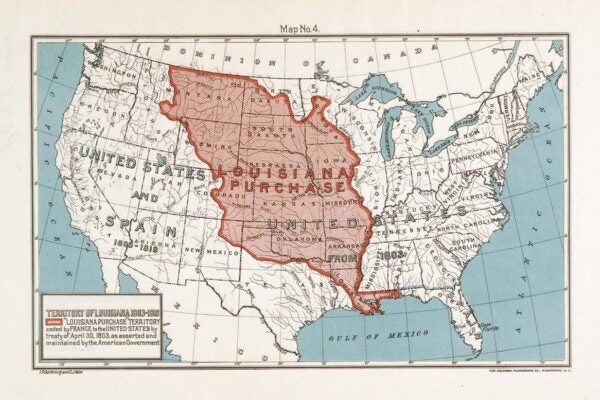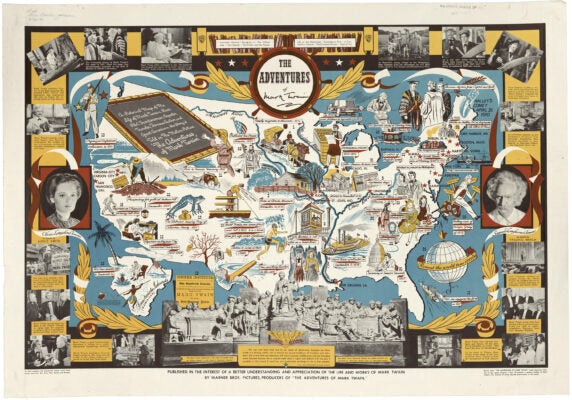The Shah, Our Man in Tehran?
Playing up the threat of the communist incursions, the Shah of Iran gained more and more support—financial and political—from the United States.
American Individualism and American Power
The American habitus was forged partly by the conquest of Native land and partly by the experiences of superiority and entitlement among white enslavers.
History’s Footnotes
The addition of footnotes to texts by historians began long before their supposed inventor, Leopold von Ranke, started using them (poorly, as it turns out).
The Federalist No. 1: Annotated
Alexander Hamilton’s anonymous essay challenged the voting citizens of New York to hold fast to the truth when deciding to ratify (or not) the US Constitution.
The Post Office and Privacy
We can thank the postal service for establishing the foundations of the American tradition of communications confidentiality
The Fourteenth Amendment: Annotated
Adopted in 1868, the Fourteenth Amendment to the US Constitution addresses citizenship rights, due process, and equal protection under the law.
The Actual Louisiana Purchase Price
The $15 million price tag of the Louisiana Territory has been described as one of the greatest real estate bargains ever. But what did that actually buy?
We Dream of Genie
In antebellum America, the voyages and adventures of Sinbad and Aladdin in the Arabian Nights nourished a young nation's dreams.
Annexation Nation
Since 1823, when the Monroe Doctrine was first introduced to the world, the US has regarded Cuba as key to its designs for Latin America.
Pictorial Maps of the United States
Explore US history with these maps of national parks, folklore, 1930s Greyhound bus routes, and more!









